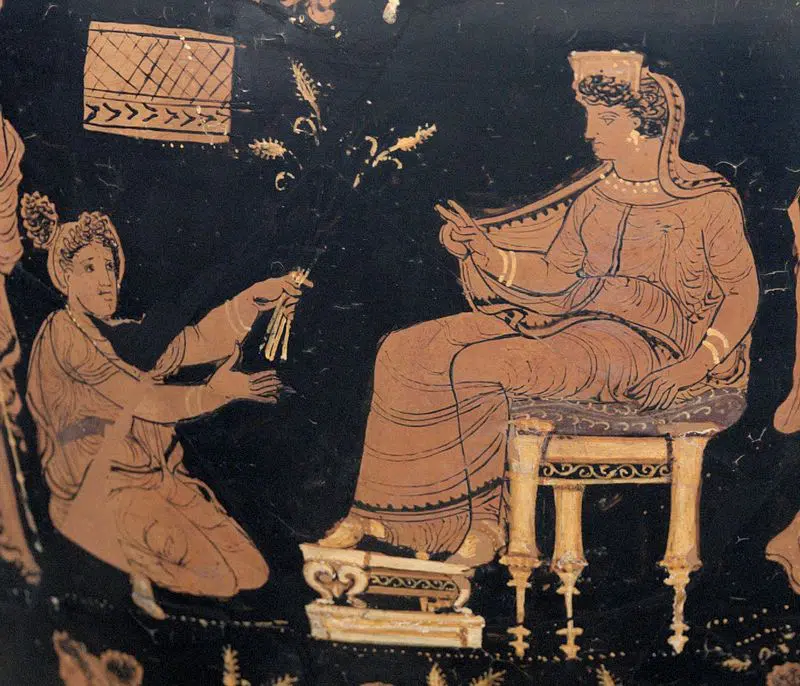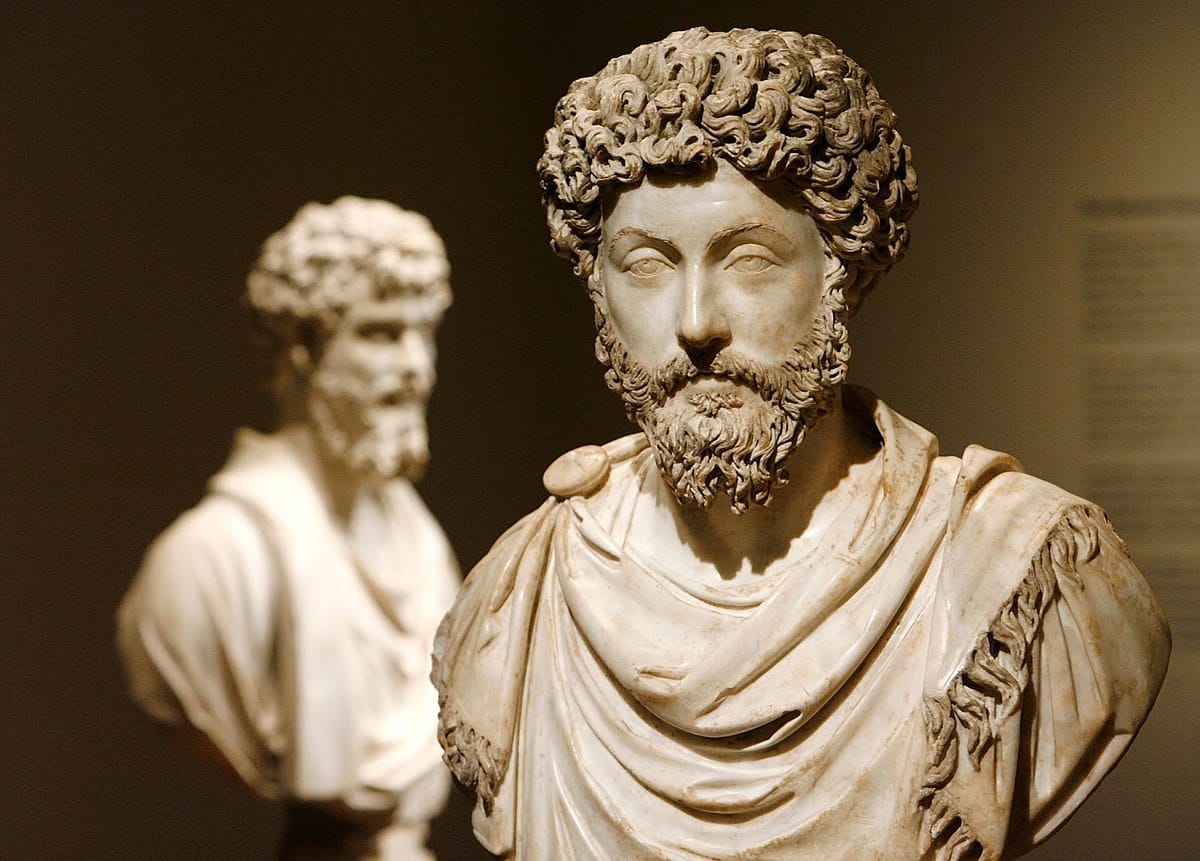
Drug use goes back to ancient times, with research showing that the Greeks and Romans used and sometimes abused cannabis and opium.
These ancient civilizations utilized various substances to relieve pain and sleep. In addition, these drugs could serve to enrich the rituals and enliven the feasts of the Ancient Greeks and Romans with hallucinatory effects.
However, drugs spread far beyond their intended uses, and the first reported cases of human addiction appeared. Even the Roman emperors were no exception, among whom Marcus Aurelius stood out for his adherence to opium, according to the ancient historian Cassius Dio.
A Bit of Drug History From Europe
Anthropological findings indicate that since the Stone Age, humans have been cultivating and employing substances that alter mood. Professor Elisa Guerra-Doce from the University of Valladolid collected global evidence showing that in 8,600 BC, Neolithic communities consumed cacti-derived drugs and cultivated opium poppies by 6,000 BC.
Moreover, in a cave near Albuñol, Granada, traces of an opium poppy capsule were discovered on the teeth of a male skeleton dating back to approximately 4,000 BC. As Guerra-Doce stated, “Apart from its use as a food plant, there is also uncontested evidence for the exploitation of its narcotic properties.” Additionally, she claimed that early humans utilized hallucinogenic plants.
In Italy, near Lake Bracciano, researchers discovered some of the earliest paleobotanical evidence for opium use. Preserved poppy seeds were found buried beneath three meters of limestone at the lake’s bottom, dating back to a population that existed there 7,700 years ago.
However, the study of ancient substance use is challenging due to the multiple purposes psychoactive plants could serve. Hemp might have been used in various ways, including feeding cattle, rope production, and oil processing, besides human consumption. Regarding cannabis, researchers suggest that Ancient Greeks and Romans used this drug not only for its intoxicating properties but also for medicinal and practical purposes.
The use of different drugs in the context of religion in the ancient world, especially in Ancient Greece, is somewhat disputed. Explicit references are not always found in ancient texts. Researchers often infer evidence from iconography, artifacts, and botanical likelihood.
Traces of Opium Consumption on Crete and Cyprus
Evidence suggesting the presence and potential use of opium in the Ancient Greek world delve back to Crete. There was the home of a terracotta figure dating back to 1300 BC, depicting a Minoan ‘poppy goddess.’ It looks like a feminine statue with a skirt and arms raised. The figure is adorned with a headdress bearing three poppy heads or capsules.
Minoan poppy goddess (underrated) pic.twitter.com/cUe8UIRJ2Q
— Moe 🌱 Maximizing ❤️🔥 Superintelligence (@baroquespiral) February 8, 2022
Additionally, associations with poppies and opium use came from other artifacts. They include a seal ring from Mycenae which depicted a seated female figure, perhaps grasping three poppies.
Regarding Cyprus, juglets resembling opium poppy seeds and dating from 1,600 to 1,000 BC were unearthed there. It is believed that they were in high demand and found in temples and tombs in regions such as Egypt and the Levant. Residue analysis of these juglets revealed slight traces of opium alkaloids, possibly suggesting ceremonial anointing practices. A ritual context was also attributed to the discovery of an ivory pipe used for smoking opium in Kition, Cyprus, dating back to the 12th century BC.
1/Scene from a gold signet ring from the Mycenae acropolis, Greece, about 1500 BCE. The seated goddess clutches three white poppy heads. Other details show that the scene is connected with an opium cult. In the sky the riverlike band represents the Milky Way, which in Greek myth pic.twitter.com/1q6njpfi3P
— Jeff Knox (@mrjeffknox) September 16, 2023
Eleusinian Mysteries
The Eleusinian Mysteries play a special role in the knowledge of drugs in the Ancient Greek world, namely thanks to a specific drink that was also popular among the Romans.
The beverage called kykeon, comprised of water and barley with additional ingredients, has been described by Homer. His Iliad describes it as a mix of water, barley, herbs, and ground goat cheese. Furthermore, the Odyssey refers to it in Circe’s potion in which it is combined with honey. This popular drink gained particular significance as a vital element of the Eleusinian Mysteries, an ancient religious festival in honor of the Greek goddess Demeter and her daughter Persephone.
ENTHEOGENS AT ELEUSIS.
There’s speculation initiates to the Eleusinian mysteries took drugs to provide them with a visionary, ecstatic experience. This relief may show Demeter and Persephone holding magic mushrooms…but they could just be flowers. Greek, Thessaly, 470-460 BC. pic.twitter.com/zL1qLd0q41— Visio Smaragdina (@SmaragdinaVisio) April 16, 2020
Scholars suggest the kykeon might have contained ergot, a fungus that grows on barley and other cereal grains. Eating ergot can cause unpleasant symptoms such as severe headaches, heart problems, trembling, confusion, and anxiety. Moreover, it also contains an alkaloid similar to LSD, which could potentially promote altered states of consciousness during ceremonies.
It is believed that Mysteries’ initiates underwent unknown proceedings in the underground temple of the Telesterion after consuming Kykeon. Before their descent, the participants bathed, purified themselves, and drank freshly prepared Kykeon, symbolizing Persephone’s descent and seeking rebirth.
Smoking Cannabis the Ancient Way
Numerous Ancient Greek and Roman texts shed light on the use of drugs, especially cannabis.
The playwright Ephippus mentioned it among various delicacies such as cakes and fruits. The accounts of Atheneaus and Pausanias highlighted cannabis applications in the creation of ropes and textiles, as well as its effectiveness in repelling mosquitoes. The historian Herodotus described a funerary ritual among the Scythians. It involved the burning of hemp within a tent, evoking a sense of delight and euphoria in those present. Speaking about this smoke, Herodotus wrote that “the Scythians enjoy it so much that they would howl with pleasure.”
Furthermore, the Romans not only valued cannabis seeds as a delicacy but also believed that consuming them after meals stimulated their appetite for drinking. Galen, a famous Greek physician who lived in Rome, noted that people consumed these seeds “in order to stimulate an appetite for drinking.” Furthermore, he mentioned that big amounts of seeds evoked in people’s mind a “warm and toxic vapor.”
Marcus Aurelius as an Opium Addict

Opium was commonly used in Ancient Rome for various medicinal purposes, including pain relief and sleep aid, with even the Emperor Marcus Aurelius becoming reliant on its effects.
According to Francois Retief from the University of the Free State, “there is no doubt that Marcus Aurelius ingested a daily dose of opium.” The Ancient Roman historian of Greek origin, Cassius Dio, wrote that the Emperor consumed opium several times a day to relieve chest and abdominal pain during military campaigns.
Although the initial use of opium by Marcus Aurelius was for medical reasons, the continued dependence on the substance raised questions about the nature of his consumption. Scholars such as Thomas W. Africa proposed that beyond the medical necessity, opium might have served to enhance his philosophical contemplations and intellectual insights.
In his book, The Opium Addiction of Marcus Aurelius, the researcher wrote that the “drugs incapacitated Marcus less than they insulated his natural reserve and fired his philosophic insight to the fever pitch of vision.”
See all the latest news from Greece and the world at Greekreporter.com. Contact our newsroom to report an update or send your story, photos and videos. Follow GR on Google News and subscribe here to our daily email!



